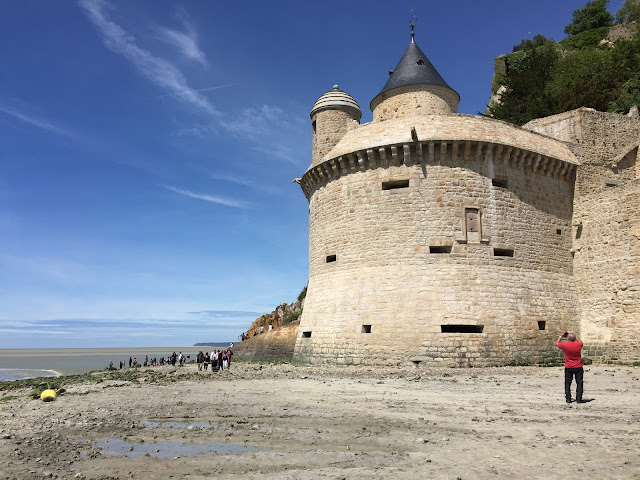And so it’s back to the grind after five weeks of summer
vacation. Back to work after the wonderful freedom of not working. When I was a
child in grammar school, I couldn’t wait for summer vacation to be over so that
I could go back to school. It’s not that I didn’t like having the time off, it’s
just that at some point it felt good to think about preparing for school again.
When we were children, our job was to go to school and that was fine with me. I
never experienced school as prison, like many of my fellow students. I felt
pretty much the same way about high school and college; I enjoyed school and
learning and felt privileged to be able to go to school. By the time I got to graduate
school however, I was tired of rote education and felt the need to get out and
work, to apply what I’d learned. I’ve been in the workforce for nearly forty years
now, and most of those years have been interesting, motivating and productive.
Motivation has dwindled however in the last five years or so, not because I lost
interest in my research work, but because the research system changed into
something I no longer recognized, with its emphasis on selling yourself, hyping
your ideas, hiring and promoting extroverts, and networking ad nauseam. Since I
am not an extrovert, and since I don’t feel comfortable around braggarts or
bragging about my own work, I’ve pulled back and become an observer of what
goes on around me. It’s been interesting to observe the rise and fall of the
show-boaters. I suppose the pendulum will eventually swing back toward the
middle, where it will be ok again to do your research work quietly, efficiently
and well. I long for those days to return, but I doubt that they will before I retire.
And that’s quite ok too. I’ve had a good run and it’s time for the younger
scientists to take over. I have accepted this, but it’s actually interesting
and somewhat humorous to see that others haven’t accepted this—I am still
mentoring students, still running into the lab to answer questions, find something
in the refrigerator, check out a lab procedure, and so forth. I no longer have
funding for lab consumables, so I make do by utilizing antibodies and tissue
sections that were bought and prepared several years ago. Who knew that I would
be able to see into the future then and prepare for the drought? I was smart enough to
prepare and it has paid off somewhat in the sense that I am not completely
bereft of lab consumables. I just cannot purchase new ones, and the likelihood
of getting funded at this point in time is slim. But as people say to me, ‘never
say never’, even though deep down I hold out little hope of further funding.
So I look forward to retiring and only wish I could do so
now instead of having to wait another three years. Three more years of grant
application rejections, three more years of research article rejections, three
more years of remaining patient in the face of a stupid uncaring system. Three
more years of futile salary discussions in a system that has no budget to give
its employees a lift (because most of the money is being used to pay the
exorbitant salaries of the leaders who abound about us like rabbits). They
multiply three-fold each year. We’re up to six levels of leadership now and I
don’t have a clue as to what any of them do each day. Three more years of
braggarts, of researchers with huge amounts of funding who don’t have a clue as
to how the other half lives. I tell people the truth—I have no funding, zero,
zip, nada. That’s how it goes, and I’m fine with it. I only wish I could exit
stage left now.
































